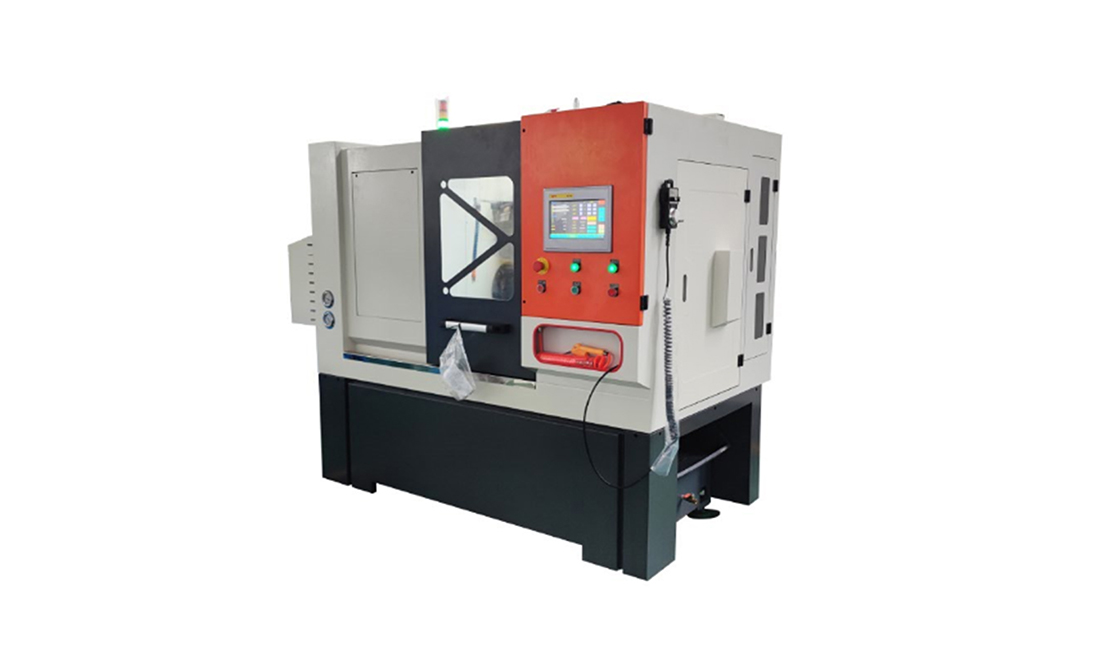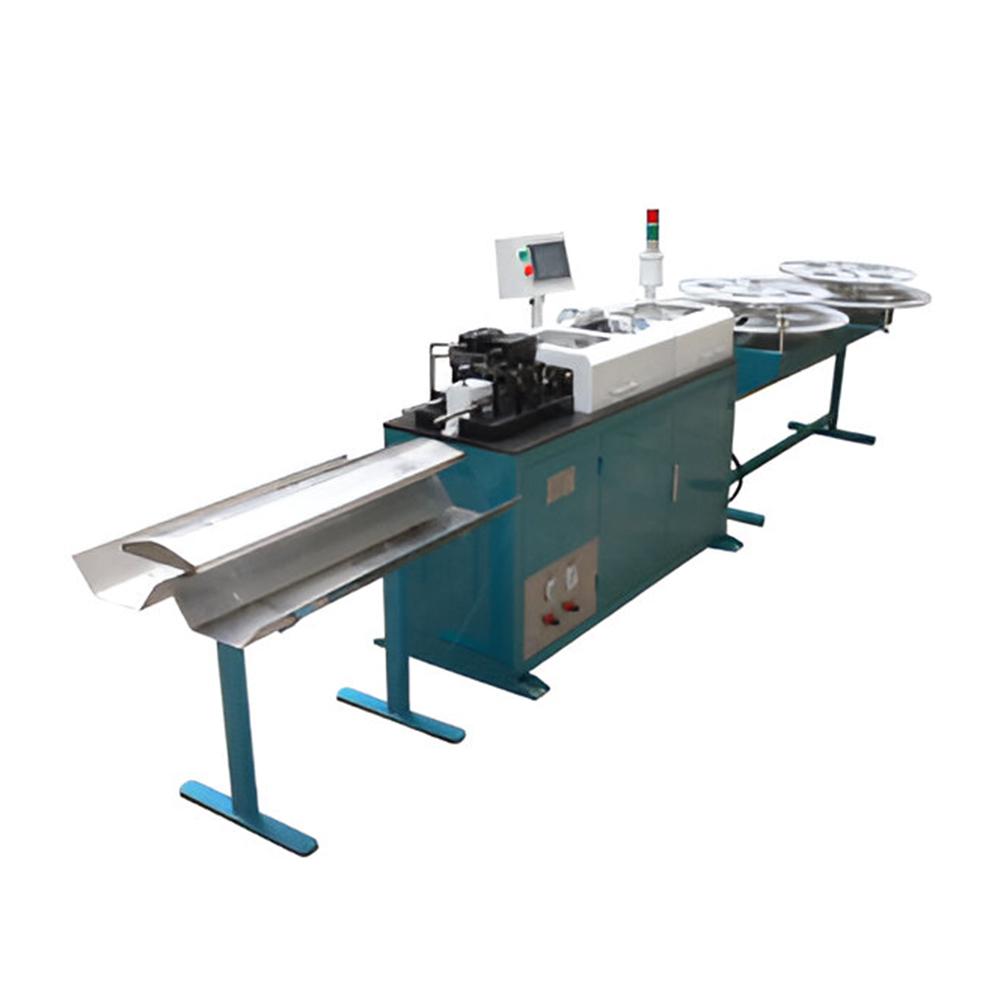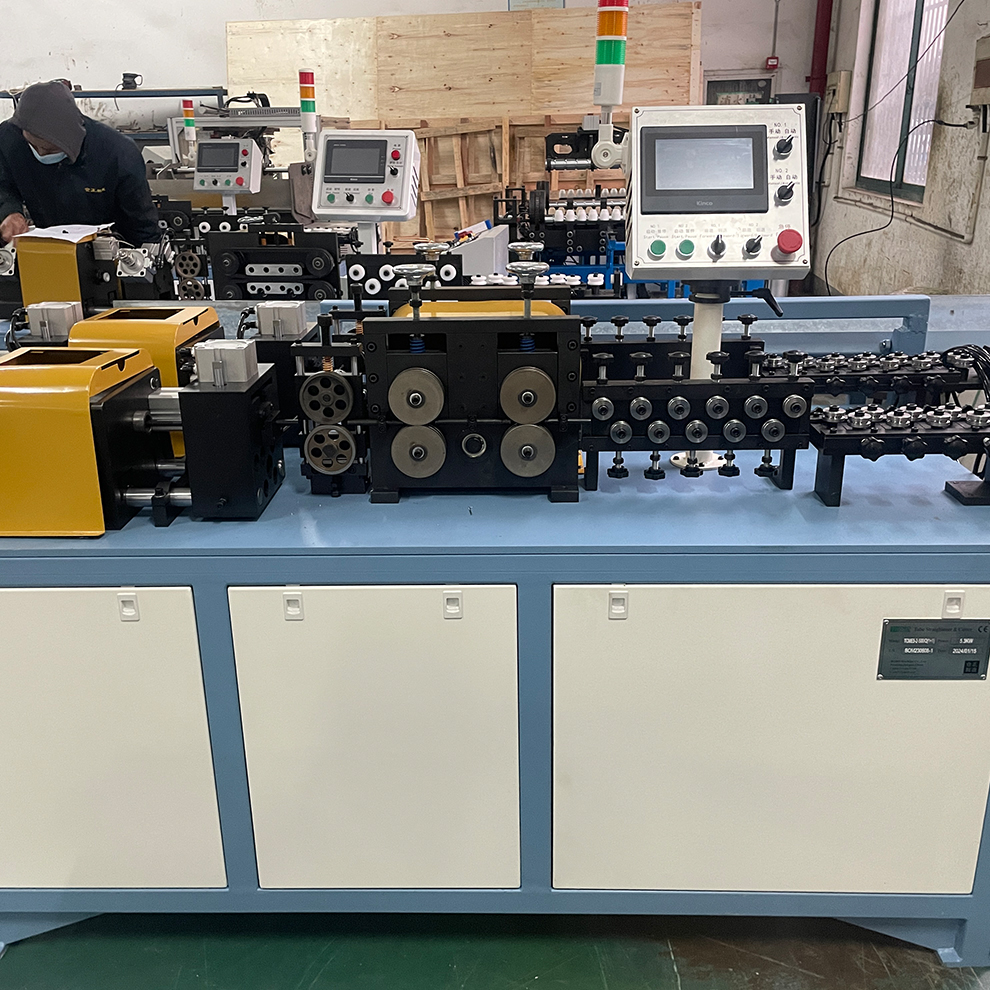How to Expand the End of a Tube in Production?A Comprehensive Guide

Expanding the end of a tube is a critical process in industries ranging from automotive manufacturing to HVAC systems and energy infrastructure. Whether you’re creating seamless joints for heat exchangers or preparing tubes for assembly in medical devices, the method you choose impacts efficiency, precision, and durability.
In this guide, we’ll explore the techniques, tools, and best practices for tube end expansion, backed by industry insights and case studies.
Key Methods for Tube End Expansion
1. Segmented Die Expansion
Segmented die systems are ideal for small-diameter tubes (less than 1 inch) with wall thickness under 0.120″. This method uses a set of “fingers” arranged around a tapered arbor. As the arbor advances hydraulically, the fingers expand uniformly to reshape the tube end.
- Advantages: High precision, minimal springback, and compatibility with irregularly shaped tubes.
- Applications: Lawn equipment, swimming pool heat pumps, and marine systems.
2. Hydraulic Expansion
Hydraulic tube expanders use pressurized water to uniformly expand the tube’s inner diameter. This method avoids surface damage and is ideal for high-pressure environments like boilers and condensers.
Advantages:
- Clean process (uses distilled water, no lubricants).
- Consistent joint quality with minimal stress or crevice corrosion.
Case Study: Westinghouse engineers adopted hydraulic expansion for nuclear steam generators to replace less reliable roller expansion methods.
3. Explosive Expansion
Explosive methods involve detonating a controlled charge inside the tube to force radial expansion. While effective for thick-walled tubes (up to 33″ diameter), it requires specialized training and safety protocols.
- Drawbacks: Residual debris, noise, and regulatory challenges in flammable environments.
4. Roller Expansion (Mechanical)
Roller expanders use hardened rollers that rotate around a conical mandrel, applying radial force to stretch the tube. This method suits both linear and rotational applications, such as heat exchanger maintenance.
Best Practices:
- Lubricate rollers to reduce friction.
- Use incremental “hits” to avoid over-expansion and springback.

Choosing the Right Tool for the Job
Manual vs. Powered Expanders
| Tool Type | Pros | Cons |
| Manual | Portable, precise control for thin-walled tubes | Labor-intensive, limited to small-scale tasks |
| Hydraulic | High power for large diameters, consistent results | Higher cost, requires fluid maintenance |
| Pneumatic | Fast operation, ideal for tight spaces | Dependent on compressed air systems |
| Battery-Powered | Cordless convenience for PEX piping | Limited to plastic tubing |
Pro Tip: For complex shapes, multi-strike ram formers (e.g., the 150 MULTI STRIKE) allow incremental forming to prevent material splitting.
Material-Specific Considerations
Metal Tubes
- Stainless Steel/Copper: Use progressive ram forming or hydroforming to manage high elasticity and avoid cracking.
- Thin-Walled Tubes: Segmented dies reduce the risk of deformation.
Plastic Tubes (e.g., PE-X, PFA)
- Cold Expansion: For PE-X pipes, use reinforced rings and electric expanders to maintain dimensional stability. Overexpansion can delay shrinkage and cause leaks.
- Thermal Management: Heat PFA tubes to 120–150°C before expansion to achieve a smooth, crack-free finish.
Step-by-Step Process for Tube End Expansion
- Preparation
- Cut the tube squarely and deburr the edges.
- Clean the tube to remove rust or contaminants.
- Tool Setup
- Select a die or roller matching the target diameter.
- For hydraulic systems, calibrate pressure settings based on wall thickness.
- Expansion
- Align the tool coaxially with the tube.
- Apply force gradually—manual tools may require 3–4 rotations at 90° intervals for PE-X.
- Post-Expansion Inspection
- Check for uniformity, cracks, or folds.
- Use sanding to smooth rough edges on plastic tubes.
Troubleshooting Common Issues
| Problem | Solution |
| Springback | Use multi-hit forming to overcome elasticity. |
| Uneven Expansion | Ensure tool alignment and clean lubrication. |
| Cracks in Metal Tubes | Reduce expansion speed; anneal the tube first. |
| Residue in Explosive Methods | Post-expansion cleaning with solvents. |

Industry Case Studies
- Oil & Gas Pipelines
- The West-East Gas Pipeline project in China used hydraulic expanders to achieve ±2 mm diameter tolerance, reducing welding defects.
- Automotive Exhaust Systems
- A manufacturer replaced welded assemblies with segmented die-formed tips, cutting production steps by 40%.
- HVAC Systems
- Hydro-swaging improved seal consistency in high-pressure steam generators, minimizing downtime.
Conclusion
Mastering tube end expansion requires understanding material properties, tool capabilities, and industry-specific demands. Whether you’re working with stainless steel in a refinery or PEX tubing in a residential HVAC system, the right method ensures durability and efficiency. Stay ahead by adopting innovations like hydraulic expansion and multi-strike formers—your production line will thank you.
Need expert advice? Explore our professional
Want to Know More About Our Products?
View All Products Now